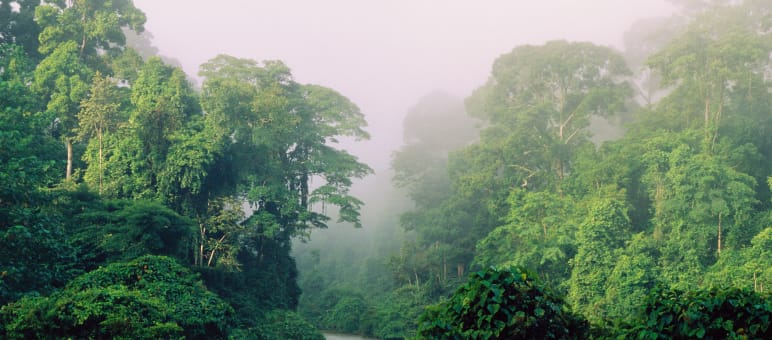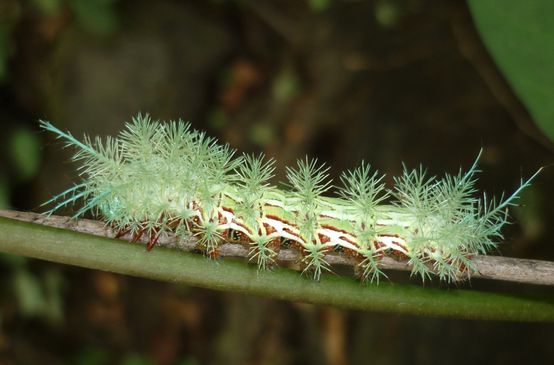
More than expected: 73,300 tree species on Earth
Oak, maple or pine – with a little practice, anyone can identify the most common tree species in Europe or North America. That would be virtually impossible in the mind-boggling diversity of the tropics, however. A new study concludes that an estimated 73,300 tree species exist on Earth, with 9,200 of them still undiscovered by science.
A particularly large number of species that have not yet been documented by researchers can be found in South America: the authors of the study estimate 3,900 such species exist there, especially ranging from the Amazon basin to the foothills of the Andes and on up to an altitude of 3,500 meters. Each of the other continents has an estimated 1,400 to 2,500 undiscovered species.
Overall, South America plays a prominent role in the diversity of tree species. According to the study, there are more than 31,100 species there, representing 43 percent of all species worldwide. 16,300 tree species (22%) grow in Eurasia, 11,900 species (16%) in Africa, 11,100 (15%) in North America and 8,200 (11%) in Oceania.
As is to be expected, the greatest biodiversity is found in tropical and subtropical rainforests, but the study also highlights grasslands, savannas and even drylands.
A closer look reveals a wide range across the continents themselves: while there are more than 14,500 tree species in the tropics and subtropics of Eurasia, there are only 126 in the boreal and taiga regions and only 65 in the tundra. More than 9,000 tree species grow in the tropics and subtropics of North America, but only 22 in the tundra.
Only 0.1% of the total tree species can be found on all five continents.
In the study, the authors emphasize that many unknown species are rare or only found in very limited areas, i.e. they are endemic. This poses a particular challenge for conservation measures.
The study entitled "The number of tree species on Earth" was published in Proceedings of the National Academy of Sciences.
This page is available in the following languages:

Brazil: Stop the assault on the Amazon rainforest!
Please help avert a new assault on the indigenous people and their protected areas in the Amazon. Say NO to mining and hydroelectric power plants in the rainforest!

Biodiversity
Life on Earth originated around 4 billion years ago. Since then, an unfathomable number of species have evolved, around half of which are insects. Numerous plant and animal species have yet to be documented, and many new ones are being discovered every day.